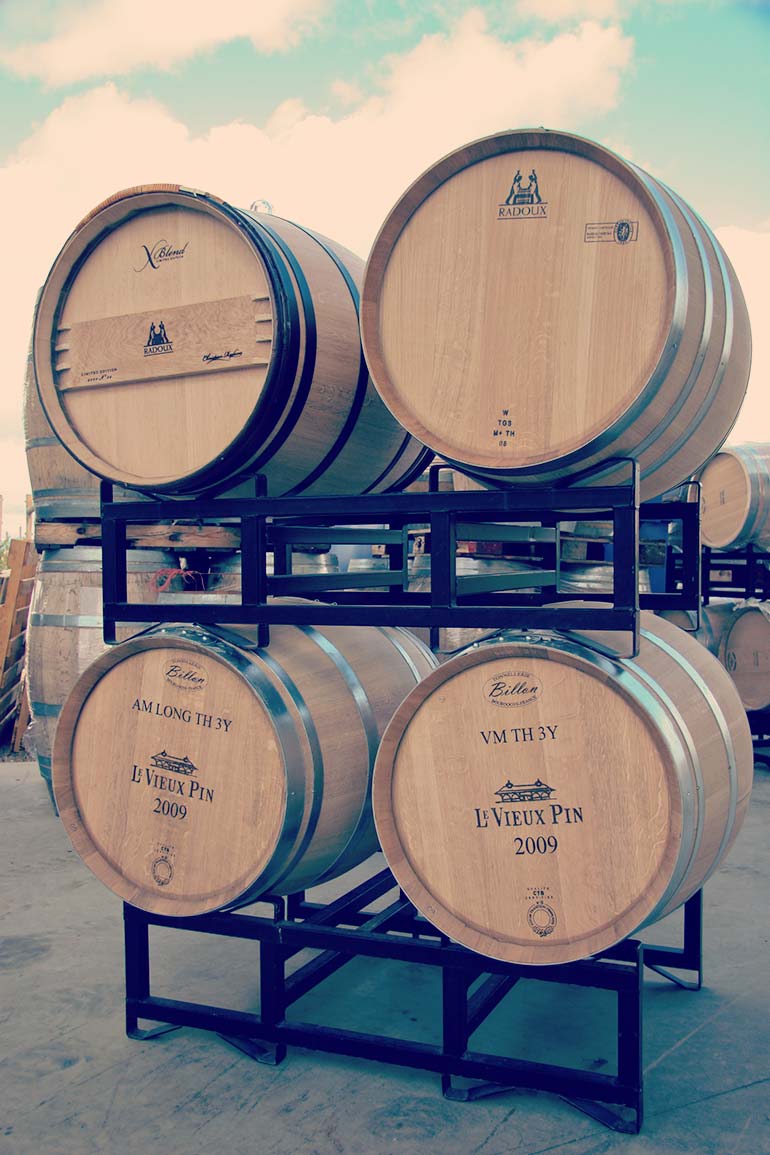November 2013 | General
Rasoul’s Speech On “Minerality” at Confrérie des Chevaliers du Tastevin
Below is Rasoul’s notes on the subject of Minerality in wine that was shared as a speech he gave at the vancouver chapter of Confrerie.
Pour yourself a glass of Vaila Rose, sit on your favorite club chair, kick back and read away.
Minerality, eh? The “M” word… no, not the “N” word as in Michael Richard’s infamous stand up comedy rant that ended his career.
Anyway, You guys sure you want to open this can of worms?
Subject of minerality is not around one big question but at least 2: 1) What is minerality? How can it be defined?
2) Where does it come from? What is its cause or source?
I am pleased and honored to give you a definitive answer to both questions today and a Short answer too. Jury is out both in and outside of the wine world.
Outside the world of wine (yes, there is a world existing without everyday life entirely revolving around it and I have news for you, most people live there, not where we are, here. They think we are weird.)
Even outside of the world of wine, agreeing on the definition of mineral is difficult. Often time metals or other elements are listed as minerals. Look at the cereal box in your home.
The best definition of mineral is; non-organic compounds with regular molecular structure. According to a fellow wine geek mineralogist-geochemist Mr Scott Ercit: of 4000+ known minerals, most of these compounds are non-volatile and unperceivable in the concentrations we are talking about. So what we perceive as mineral, is not actually the aroma or flavor of a mineral (http://www.wineberserkers.com/forum/viewtopic.php?t=90056&p=1285843). Hence, my own and a few other people’s choice to abandon using this term when describing a note or flavor, but instead use it only when describing a tactile quality.
In the wine world, Some use it to describe an aroma on the nose (well that’s mostly suplhur and sulphides in my experience and even at times overt lees steering in the case of muscadet and many chard’s and at times autolysis or the aroma released by the yeast cells when they die under pressure, as in method champenois). While some others use it by calling it a flavor (like licking a rock, where research shows is the residue of dirt and the volatile compounds that one is tasting not the actual rock) and of course those like me who use the word only when they experience a certain tactile sensation, like rock powder. What many refer to as tension, that sense of dry extract. That buzz on the finish, that quality that I think most white burgundy fans seek out.
Where does it come from? Easier to answer by saying where it does NOT come from:
It doesn’t come from the roots in way of slate compounds, ions finding their way thru the root, show in grape and then in finished wine. We even have the silly but famous Randall Graham experience of aging wine on rocks in the tank to gain minerality. For those of you living under a rock (pun intended) this resulted in no transferred mineral characteristics. Furthermore, science and research and have proven that presence of minerals in soil doesn’t mean uptake. Vines are very selective in what they take. More often than not, this involves potassium and nitrogen.
Where else is minerality not stemming from? It’s often wrongly attributed to high acid, under-ripe fruit. It’s not just classic Chablis that has this, ripe northern rhone syrah vintages, port, late harvest Rieslings, rich and round white burgundy vintages like 08 have all been known to display ample minerality.
It’s not what some might suggest as grape variety specific. Despite the many attempts of the German and Chablisienne wine industry. Roussanne shows it, Mosel Riesling shows it as well, typically California doesn’t, port has tons of it.
Its not salinity or salts either, b/c the higher the acid the lower the perception of tasting salts. And at least in my experience minerality is seen in wines that are high or higher in acid.
Possible sources:
Sulphur compounds: “Vines on stony soils have to fight for survival and the grapes, just like the vines, accumulate few minerals, such as nitrogen. This can cause problems during fermentation, as yeasts require nitrogen to convert sugar into alcohol. If there is insufficient nitrogen in the grapes, yeasts will split sulphur-containing amino acids to access nitrogen. This can cause the formation of volatile sulphur compounds which can come across as “mineralic” in wine.” (http://masterofwinejourney.blogspot.ca/2011/12/so-theres-this-quarterly-magazine-for.html)
Some research by claude bourgonion and others seem to be in the direction that the result is a type of fungi living in live soil (non tilled) called Mycorrhizal.
In Sum:
(1) minerality does not mean that you are tasting minerals
(2) there’s no reason/evidence to think that “chalky” chablis tastes chalky because little calcium carbonate molecules or ions or whatever are floating around in it
(3) accordingly, your chablis doesn’t taste like chalk because it sits on jurassic limestone; at least, not in the direct way of popular conception
Some links and further readings:
http://www.enologyinternational.com/articles/Minerality_reprint.pdf
http://www.winesandvines.com/template.cfm?section=columns_article&content=80430
http://www.wineanorak.com/blog/2007/05/more-on-terroir-and-minerality.html
http://www.winewisdom.com/articles/techie/olivier-humbrecht-on-minerality-–-part-one/
http://www.mirabeauwine.com/tim-hanni-mw-on-terroir-and-minerality-in-wine/
http://www.winebusiness.com/wbm/?go=getDigitalIssue&issueId=6032&dataId=113813&recentArticleRedirect=true
